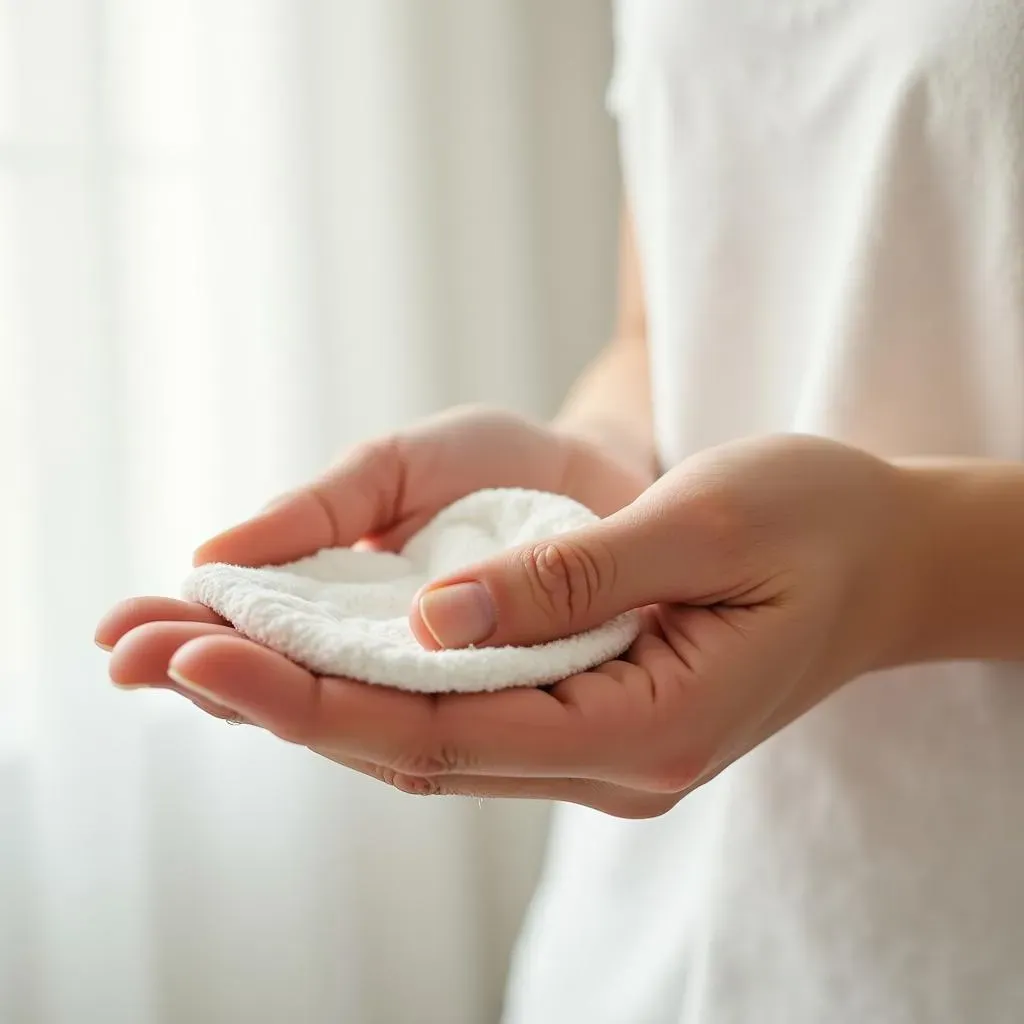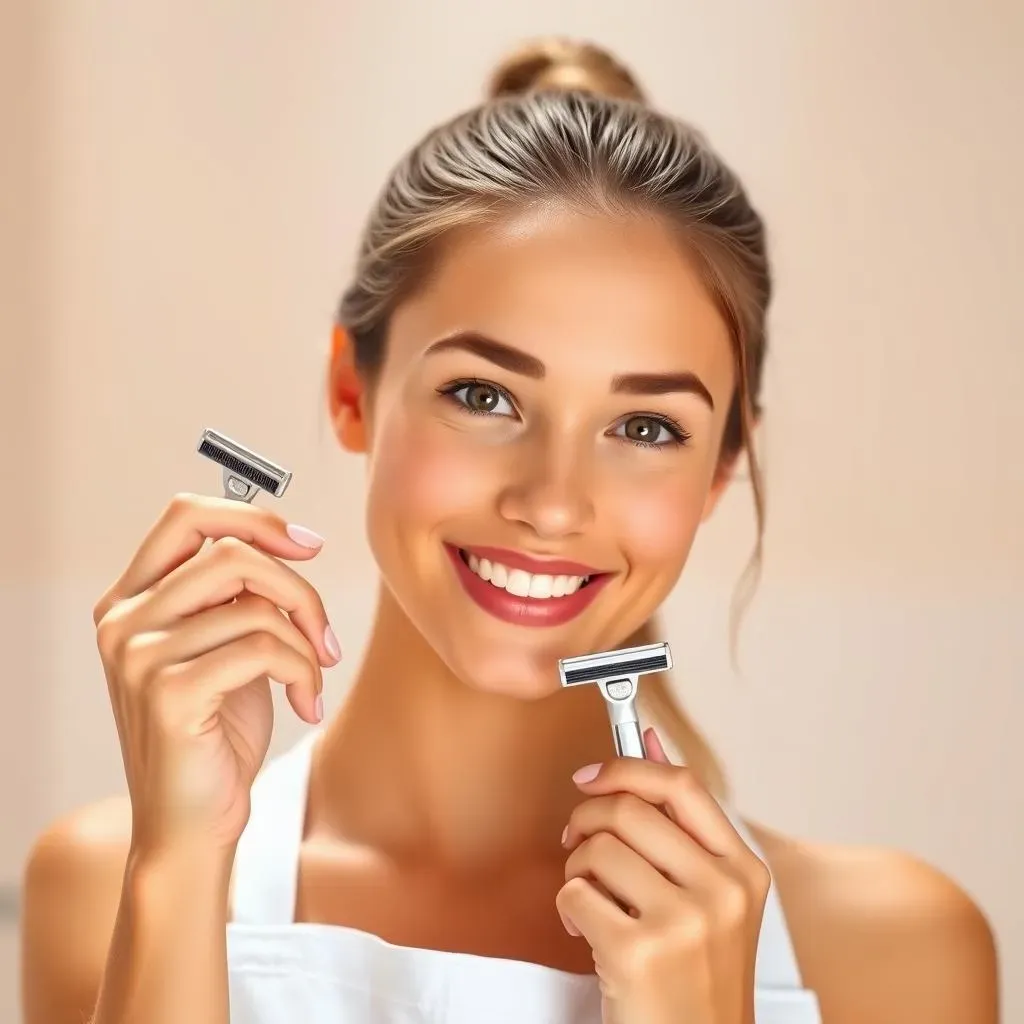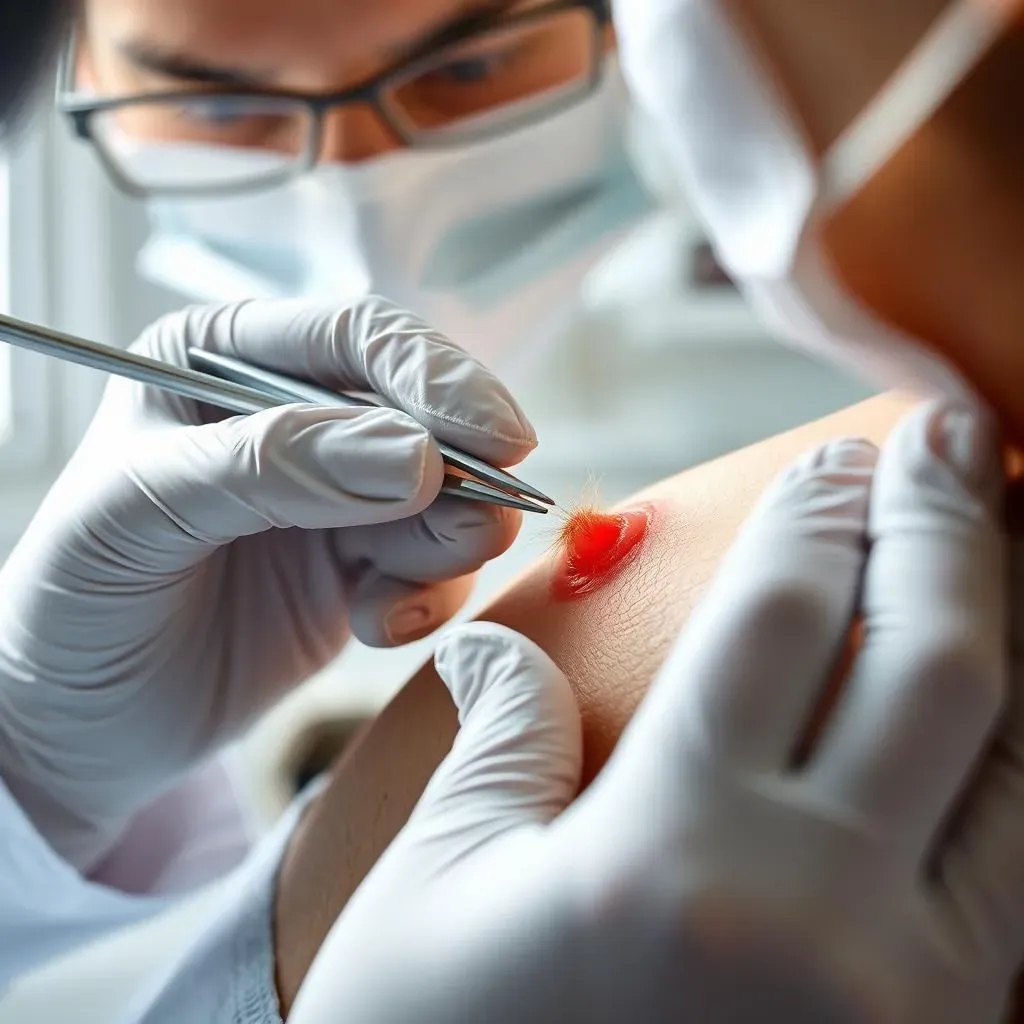Table of Contents
Are you tired of dealing with the discomfort and frustration of ingrown hairs? Do you want to learn how to remove an ingrown hair safely and effectively? Ingrown hairs can be a painful and embarrassing problem, but the good news is that they can be treated and prevented. In this article, we will explore the causes and symptoms of ingrown hairs, discuss various methods to remove an ingrown hair, and provide tips on how to prevent them from occurring in the first place. Whether you're looking for home remedies or medical treatments, we've got you covered. Our goal is to equip you with the knowledge and tools you need to remove an ingrown hair and keep your skin healthy and smooth. So, let's dive in and start your journey to ingrown hair-free skin!
Understanding Ingrown Hair: Causes, Symptoms, and Diagnosis

Understanding Ingrown Hair: Causes, Symptoms, and Diagnosis
What is an Ingrown Hair?
An ingrown hair occurs when a hair grows back into the skin instead of outward, causing inflammation, redness, and sometimes infection. This can happen to anyone, but it's more common in people with curly or coarse hair, as well as those with skin of color. Ingrown hairs can appear anywhere on the body where hair is removed, such as the face, neck, armpits, bikini area, and legs.
The symptoms of an ingrown hair may include small bumps or pustules, redness, swelling, pain, itching, and a sensation of warmth or burning. If left untreated, ingrown hairs can lead to infection, scarring, and hyperpigmentation.
Symptom | Description |
|---|---|
Redness and swelling | The affected area becomes red, swollen, and tender to the touch. |
Pain and itching | The area may be painful and itchy, causing discomfort and irritation. |
Bumps or pustules | Small bumps or pustules may form, which can become infected if not treated. |
Causes and Risk Factors
Ingrown hairs are often caused by improper hair removal techniques, such as shaving too closely, waxing, or tweezing. Other risk factors include having curly or coarse hair, tight clothing, and poor skin care. People with skin conditions like acne or keratosis pilaris are also more prone to ingrown hairs.
- Shaving too closely or with a dull razor
- Waxing or tweezing, especially in areas with curly hair
- Tight clothing that rubs against the skin
- Poor skin care, such as not exfoliating regularly
- Genetic predisposition, such as curly or coarse hair
Methods to Remove an Ingrown Hair: Home Remedies and Medical Treatments

Methods to Remove an Ingrown Hair: Home Remedies and Medical Treatments
Home Remedies for Ingrown Hair Removal
Before seeking medical treatment, there are several home remedies that can help remove an ingrown hair. One of the most effective methods is to exfoliate the skin using a gentle scrub or a chemical exfoliant containing alpha-hydroxy acids (AHAs) or beta-hydroxy acids (BHAs). This helps remove dead skin cells and allows the ingrown hair to grow out.
Another method is to apply a warm compress to the affected area. Soaking the skin in warm water can help bring the ingrown hair to the surface, making it easier to remove. You can also use a sterilized tweezers to gently pull out the hair, but be careful not to push the hair further into the skin.
Home Remedy | Description | Frequency |
|---|---|---|
Exfoliating | Use a gentle scrub or chemical exfoliant 2-3 times a week | 2-3 times a week |
Warm Compress | Apply a warm compress for 5-10 minutes, 2-3 times a day | 2-3 times a day |
Tweezing | Use sterilized tweezers to gently pull out the hair | As needed |
Medical Treatments for Ingrown Hair
If home remedies don't work, there are several medical treatments available to remove an ingrown hair. Topical creams and ointments, such as hydrocortisone or antibiotic creams, can help reduce inflammation and prevent infection. In some cases, a doctor may prescribe oral antibiotics or retinoid creams to help bring the ingrown hair to the surface.
For more severe cases, minor surgery may be necessary to remove the ingrown hair. This is typically done under local anesthesia and involves making a small incision to remove the hair and any infected tissue.
- Topical creams and ointments: reduce inflammation and prevent infection
- Oral antibiotics: treat infections and prevent further complications
- Retinoid creams: help bring the ingrown hair to the surface
- Minor surgery: remove the ingrown hair and infected tissue
Advanced Treatments for Persistent Ingrown Hair
For individuals who experience persistent ingrown hairs, there are advanced treatments available. Laser hair removal, for example, can help reduce hair growth and prevent ingrown hairs from forming. Another option is electrolysis, which permanently removes hair follicles. These treatments can be more expensive, but they provide a long-term solution to ingrown hair problems.
It's essential to consult with a dermatologist or healthcare professional before undergoing any advanced treatment. They can help determine the best course of action and ensure that the treatment is safe and effective.
Preventing Ingrown Hair: Tips for Healthy Hair Removal and Skin Care

Preventing Ingrown Hair: Tips for Healthy Hair Removal and Skin Care
Proper Hair Removal Techniques
To prevent ingrown hairs, it's essential to use proper hair removal techniques. Shaving is one of the most common methods, but it can be a significant contributor to ingrown hairs if not done correctly. To shave safely, wet your skin with warm water, use a sharp razor, and shave in the direction of hair growth. Avoid shaving too closely, as this can cause the hair to grow back into the skin.
Other hair removal methods like waxing, tweezing, and threading can also lead to ingrown hairs. However, if done correctly, these methods can be effective. For waxing, make sure the wax is at the right temperature, and remove the hair in the opposite direction of growth. When tweezing, pluck the hair in the direction of growth to avoid breaking the hair and causing it to become ingrown.
Hair Removal Method | Tips for Ingrown Hair Prevention |
|---|---|
Shaving | Shave in the direction of hair growth, use a sharp razor, and avoid shaving too closely |
Waxing | Use the right temperature wax, remove in the opposite direction of hair growth, and exfoliate before waxing |
Tweezing | Pluck in the direction of hair growth, avoid pulling too hard, and disinfect the tweezers |
Skin Care Routine
A good skin care routine is crucial in preventing ingrown hairs. Exfoliating regularly helps remove dead skin cells and allows hairs to grow out instead of back into the skin. Use a gentle exfoliant containing alpha-hydroxy acids (AHAs) or beta-hydroxy acids (BHAs) 2-3 times a week. Moisturizing is also essential to keep the skin hydrated and reduce irritation.
Keeping the skin clean is vital, but avoid using harsh soaps or cleansers that can strip the skin of its natural oils. Instead, use a mild cleanser and lukewarm water to clean the skin. After shaving or waxing, apply a soothing aftershave or waxing lotion to calm the skin and reduce inflammation.
- Exfoliate 2-3 times a week with a gentle scrub or chemical exfoliant
- Moisturize daily to keep the skin hydrated and reduce irritation
- Use a mild cleanser and lukewarm water to clean the skin
- Apply a soothing aftershave or waxing lotion after hair removal
Lifestyle Changes
Making lifestyle changes can also help prevent ingrown hairs. Wearing loose, breathable clothing can reduce friction and irritation, especially in areas prone to ingrown hairs. Maintaining a healthy diet rich in fruits, vegetables, and whole grains can help promote healthy skin and hair growth.
Avoid picking or scratching ingrown hairs, as this can lead to infection and scarring. Instead, try to relieve itchiness with a cold compress or an anti-itch cream. By combining these tips with proper hair removal techniques and a good skin care routine, you can significantly reduce the occurrence of ingrown hairs.
Advanced Options for Persistent Ingrown Hair: Laser Hair Removal and More

Advanced Options for Persistent Ingrown Hair: Laser Hair Removal and More
Laser Hair Removal: A Long-Term Solution
Laser hair removal is a popular option for those who experience persistent ingrown hairs. This treatment uses a laser to target and destroy hair follicles, reducing hair growth and preventing ingrown hairs from forming. Laser hair removal is most effective for individuals with dark hair and light skin, as the laser can easily target the pigment in the hair.
The process involves a series of sessions, typically spaced 4-6 weeks apart, to ensure all hair follicles are targeted. Each session can take anywhere from 15 minutes to several hours, depending on the area being treated. While laser hair removal is a more expensive option, it provides long-term results and can be a worthwhile investment for those who struggle with persistent ingrown hairs.
Number of Sessions | Area Treated | Cost per Session |
|---|---|---|
3-6 sessions | Face, neck, armpits, bikini area, legs | $100-$500 per session |
Electrolysis: Permanent Hair Removal
Electrolysis is another advanced treatment option that involves permanently removing hair follicles using a small electrical charge. This method is more time-consuming than laser hair removal but can be effective for smaller areas, such as the eyebrows or upper lip.
There are three types of electrolysis: galvanic, thermolysis, and blend. Galvanic electrolysis uses a direct current to dissolve the hair follicle, while thermolysis uses a high-frequency alternating current to generate heat and destroy the follicle. Blend electrolysis combines both methods for optimal results.
- Galvanic electrolysis: uses direct current
- Thermolysis: uses high-frequency alternating current
- Blend electrolysis: combines galvanic and thermolysis methods
Other Advanced Treatments
In addition to laser hair removal and electrolysis, there are other advanced treatments available for ingrown hairs. These include:
- Intense Pulsed Light (IPL) therapy: uses high-intensity pulses of light to reduce hair growth
- Radiofrequency (RF) treatments: uses heat to reduce hair growth and inflammation
- Microdermabrasion: a non-invasive exfoliating treatment to improve skin texture and reduce ingrown hairs
Conclusion: Taking Control of Ingrown Hairs
Removing an ingrown hair can seem like a daunting task, but with the right approach, it can be done safely and effectively. By understanding the causes and symptoms of ingrown hairs, exploring various removal methods, and incorporating preventive measures into your skincare routine, you can say goodbye to the discomfort and embarrassment of ingrown hairs. Remember, whether you opt for home remedies, medical treatments, or advanced options like laser hair removal, the key to success lies in patience, persistence, and proper technique. Take control of your skin health today and learn how to remove an ingrown hair with confidence. For more information on laser hair removal and other skincare solutions, visit hairawaybylaser.com.
